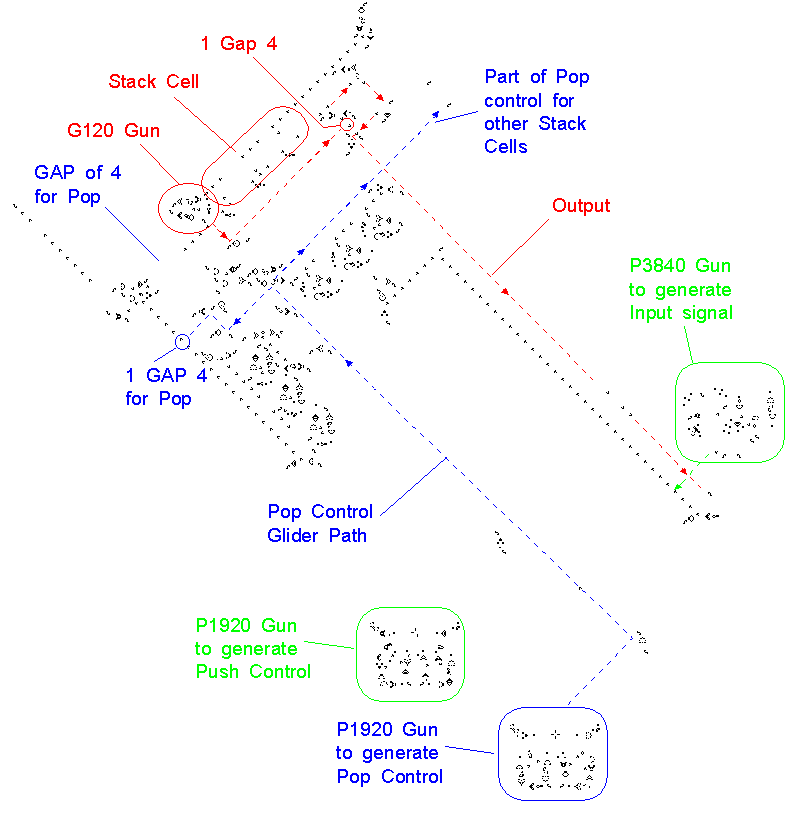
CS 3343 Analysis of Algorithms |
Undecidable Problems
|
|
Example of the Undecidable Word Problem: Given an alphabet of three symbols a, b, c, and given three equations
bc = cba ac = ca
One might ask questioning like: "Can we deduce for the three equations that bacabca = acbca?" The word problem for any finite set of equations is the general question: given an equation, can it be deduced from the given equations or not? |
|
2 or 3 for SURVIVAL Otherwise DEATH |
|
|
|
| Glider | Space ship |
|---|---|
|
|
|
| Glider Gun | Pulsar |
|
| |
| Glider Gun on a Torus (Donut) | |
